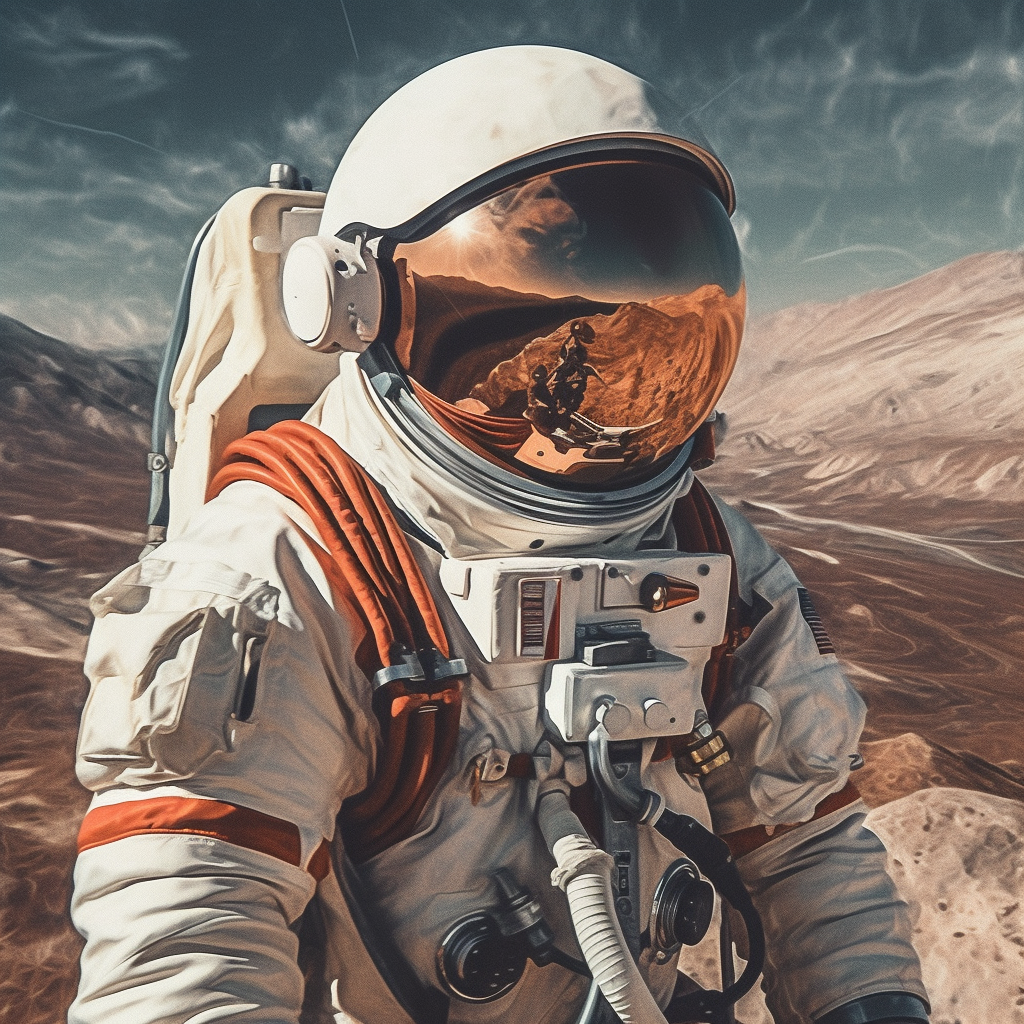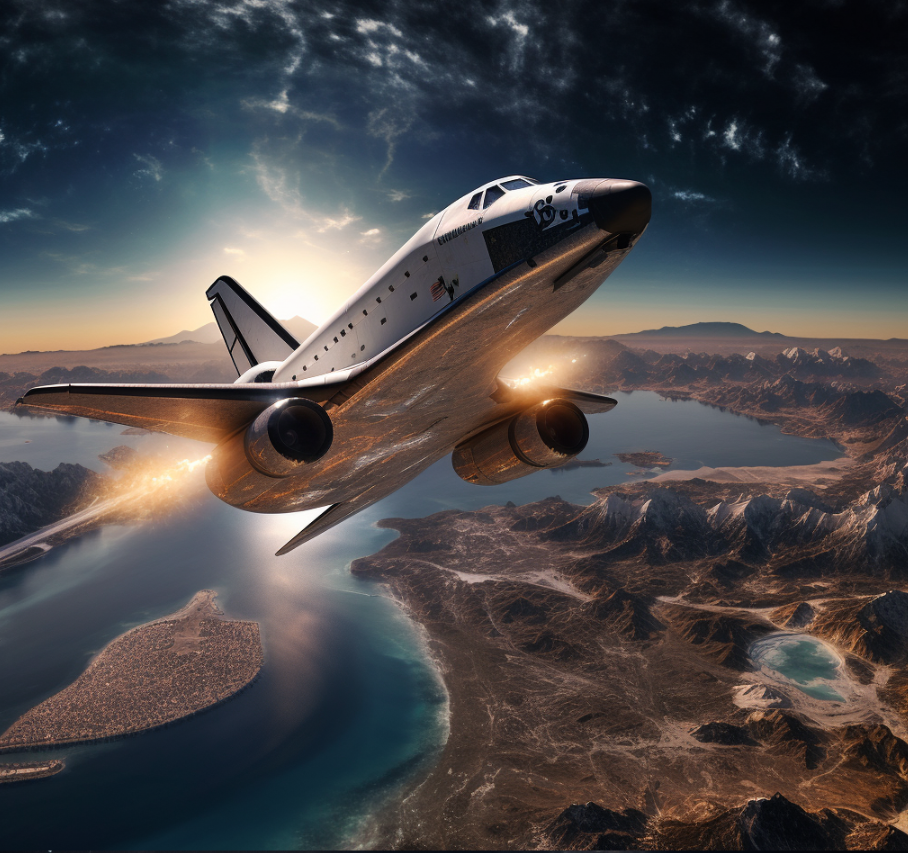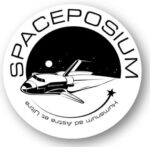NASA
NASA: Exploring the Frontiers of Space
In the realm of space exploration, one name stands out as a beacon of scientific achievement and innovation: NASA. The National Aeronautics and Space Administration, commonly known as NASA, is an independent agency of the United States federal government responsible for the country’s civilian space program. Established in 1958, NASA has since become a global leader in space exploration, conducting groundbreaking research, launching advanced spacecraft, and expanding our understanding of the universe. This article delves into the fascinating world of NASA, highlighting its remarkable accomplishments, ongoing missions, and its role in shaping the future of space exploration.
NASA's Early Years
At the height of the Cold War, the Soviet Union’s successful launch of the satellite Sputnik in 1957 served as a wake-up call for the United States. In response, NASA was established with the objective of catching up to and surpassing the Soviet Union in the space race. Led by visionary pioneers such as Wernher von Braun and Robert H. Goddard, NASA embarked on a journey that would forever change our understanding of space and technology.
Apollo Moon Missions: A Giant Leap for Mankind
One of NASA’s most iconic and historic achievements was the Apollo moon missions. Between 1969 and 1972, NASA successfully landed a total of six crewed missions on the lunar surface, allowing astronauts to walk on the moon and collect invaluable scientific data. The Apollo program not only demonstrated the incredible capabilities of human spaceflight but also paved the way for future exploration and scientific research.
Space Shuttle Program: Advancing Human Spaceflight
In 1981, NASA launched its first reusable spacecraft, the Space Shuttle. This revolutionary program aimed to make access to space more affordable and routine. Over the course of three decades, the Space Shuttle program facilitated the launch and retrieval of various satellites, conducted scientific experiments, and constructed the International Space Station (ISS). Despite its successes, the program faced tragedy with the loss of the Space Shuttles Challenger and Columbia, leading to a reevaluation of safety protocols.
Mars Exploration: Seeking Clues to Life Beyond Earth
Mars has long captivated the imaginations of scientists and space enthusiasts. NASA has been at the forefront of Martian exploration, sending robotic missions to study the Red Planet’s geology, climate, and potential for harboring life. The Mars rovers, such as Spirit, Opportunity, Curiosity, and most recently Perseverance, have provided valuable insights into Mars’ past and present conditions. These missions have laid the foundation for future human exploration of the Red Planet.
Hubble Space Telescope: Unveiling the Secrets of the Universe
Launched in 1990, the Hubble Space Telescope has revolutionized our understanding of the cosmos. Orbiting above the Earth’s atmosphere, Hubble has captured breathtaking images of distant galaxies, observed supernovae, and helped calculate the age of the universe. Its scientific contributions have been monumental, pushing the boundaries of human knowledge and inspiring awe-inspiring discoveries.
International Collaboration and the ISS
NASA’s commitment to international collaboration is exemplified by its participation in the International Space Station (ISS) program. This orbiting laboratory, a joint effort between NASA, Russia’s Roscosmos, the European Space Agency (ESA), and other international partners, serves as a platform for scientific research, technological advancements, and long-duration human space missions. The ISS represents humanity’s collective endeavor to explore and inhabit space, fostering international cooperation and paving the way for future deep space exploration.
Future Missions: Artemis and Beyond
Looking ahead, NASA has ambitious plans for the future. The Artemis program aims to return humans to the moon, establishing a sustainable presence and preparing for future crewed missions to Mars and beyond. With cutting-edge technologies, such as the Space Launch System (SLS) and the Orion spacecraft, NASA envisions a new era of exploration that will push the boundaries of human achievement and deepen our understanding of the universe.
In the vast expanse of the cosmos, NASA remains at the forefront of human space exploration. From its early years to the present day, NASA has continuously pushed the boundaries of scientific discovery, technological innovation, and our understanding of the universe. Through its remarkable achievements, including the Apollo moon missions, the Space Shuttle program, and ongoing Mars exploration, NASA has captivated the world’s imagination and inspired generations of scientists and explorers. As we look to the future, with plans for lunar missions, Mars exploration, and beyond, NASA continues to pave the way for humanity’s journey to the stars.







